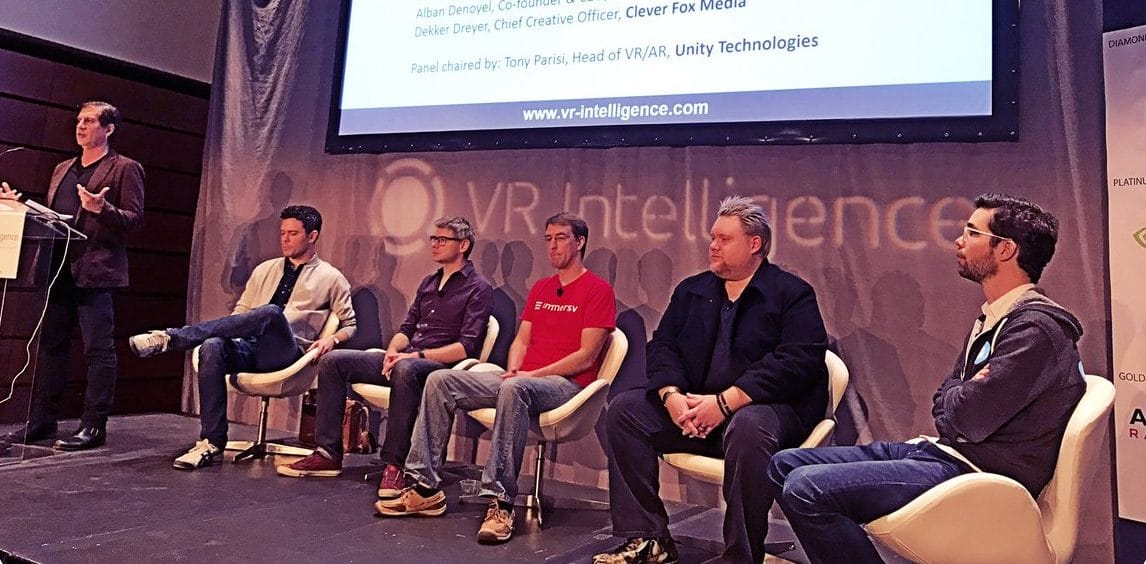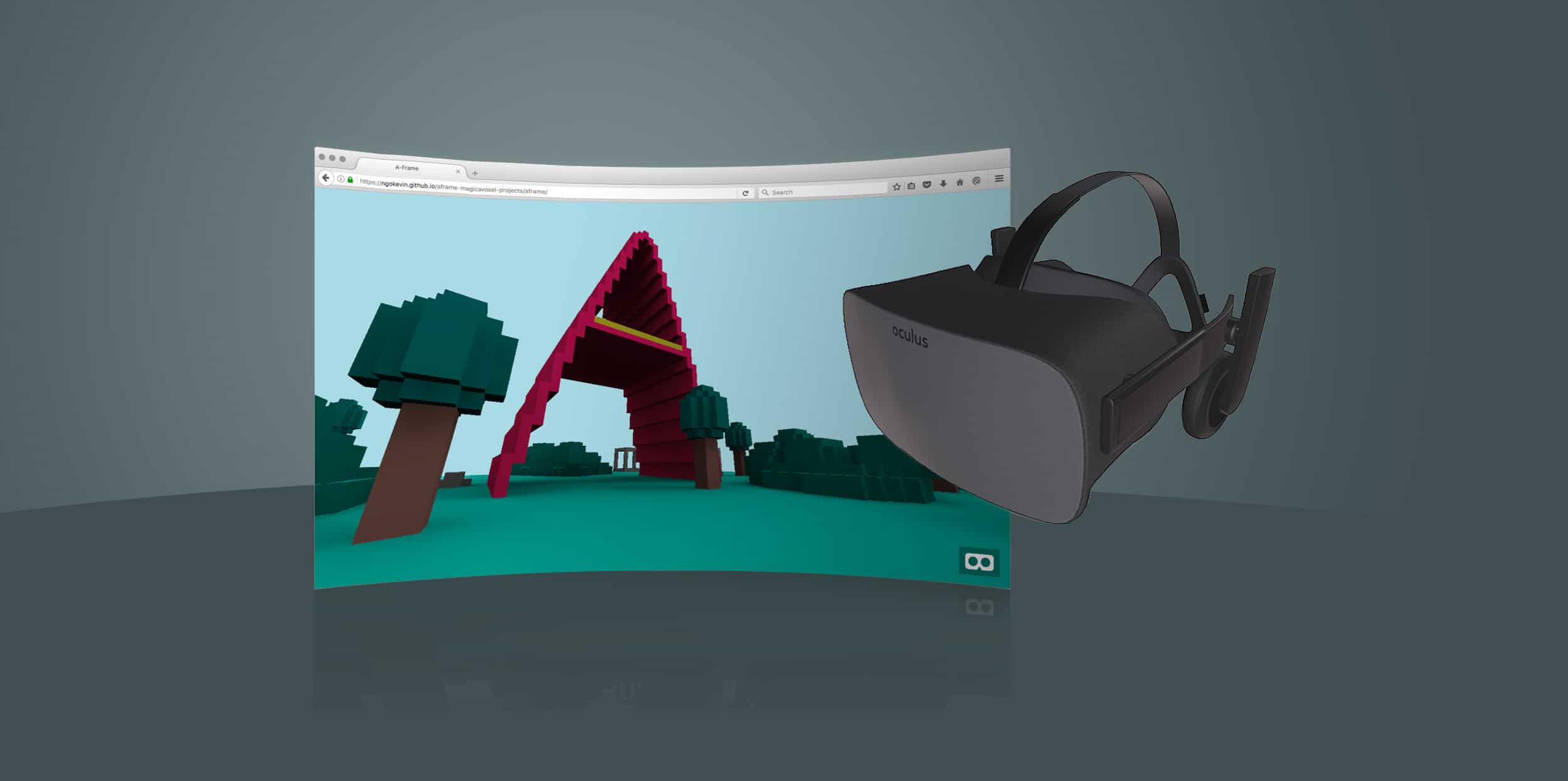
XR Talks is a weekly series that features the best presentations and panel discussions from the XR universe. It includes embedded video, as well as narrative analysis and top takeaways.
We recently questioned if apps are the wrong vessel for AR. That question applies equally to VR. The thought is that apps’ siloed and bulky distribution could create friction in an already adoption-challenged area. Yet apps are the prominent format — a vestige of the smartphone era.
“VR and AR today are delivered via the app store model that became popular with mobile computing,” said Unity XR lead Tony Parisi at VRX (video below). “But it may not be the best way for end-users to discover things, and for enterprises to deploy at mass scale and push updates.”
So what exactly is WebVR? For those unfamiliar, the standards are still in early development, but the idea is that browser-based VR enables a certain fluidity to immersive experiences. This stems from the web’s architecture, which is much more interconnected than balkanized native apps.
“You can see 2D websites like a floating pane,” said Google Immersive UX designer Josh Carpenter. “If you click a link, the window dissolves and you’re standing in a forest with surround audio and deer. Click on the deer and the world dissolves to show a Wikipedia entry about deer.”
 Image Credit: Amy Peck, Twitter
Image Credit: Amy Peck, Twitter
Comparatively, a lack of interconnectedness isn’t such a barrier on the smartphone, when it comes to bouncing around to disparate apps — especially after app deep linking. But it’s a different logistical scenario in VR, when launching new apps means tearing on and off a headset.
“The webVR model allows you to traverse many different experiences from many different creators without leaving that headset environment,” said Clever Fox Media chief creative officer Dekker Dreyer. “It’s crucial that you’re not constantly taking it off, leaving and coming back.”
Of course the advantages of fluid and web-like VR experiences are counterbalanced by webVR’s drawbacks. It lacks some of the performance and functionality of native apps, so the name of the game is to choose and optimize experiences that are more attuned to webVR.
“I’m not going to tell EA to sell high-end games with amazing graphics using the web stack,” said Carpenter. “That’s not what the web is good at. The web is good at reach and interoperability… Let’s say you’re a shopping site with 20,000 pieces of furniture, the web is a great solution.”

In fact, a world with both webVR and app-based VR is evident in Facebook’s approach. Though Oculus is a high-end VR experience that compels native apps, it has also embraced webVR. That flows from its parent company’s appreciation for the network effect that the web offers.
“Facebook cares about scale, and we’d like to get many people — hopefully a billion people — into VR.” said Oculus chief software architect Michael Antonov, “One of the ways to drive that is content… so you have to leverage existing knowledge and get more people engaged.”
Overall, it’s a lesson in trading functionality for scale, which is a common theme in the last year. Case in point: Google’s departure from Tango in favor of the more scalable ARCore. Moreover, WebVR aligns with our 2018 prediction that “unifying technologies” will advance XR this year.
“I think innovation tends to happen at the intersection of different disciplines.” said Carpenter. “Use cases will only be possible by virtue of desktop, mobile and VR users having shared experiences. The potential is not to have an audience of millions, but an audience of billions.”
For a deeper dive on AR & VR insights, see ARtillry’s new intelligence subscription, and sign up for the free ARtillry Weekly newsletter.
Disclosure: ARtillry has no financial stake in the companies mentioned in this post, nor received payment for its production. Disclosure and ethics policy can be seen here.
Header image credit: Mozilla
